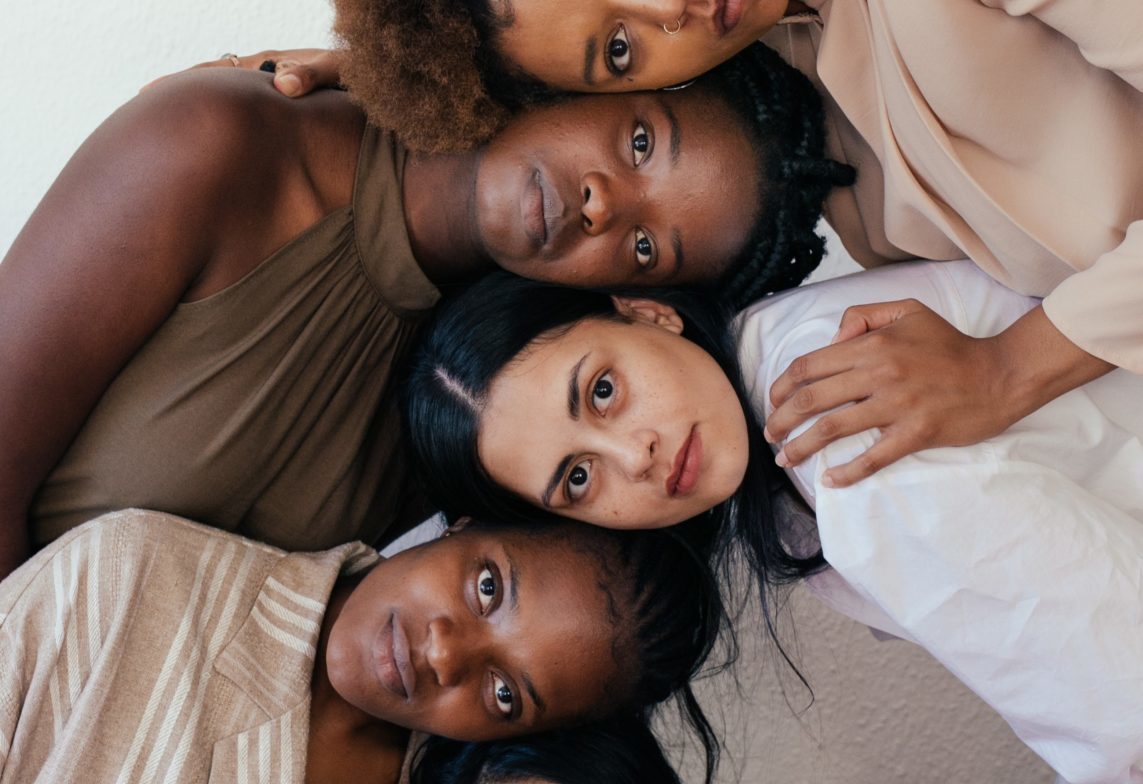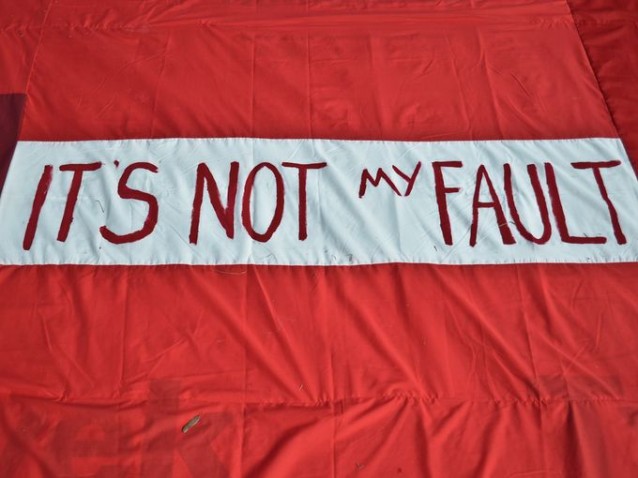This article is part of Kaur Life’s Black Lives Matter series created by Kaur Life board members and project advisors. Be sure to check out all of the articles.
Article 1: Should Sikhs Care About Black Lives Matter?
Article 2: Why Should Kaurs Support BLM?
Article 3: How Does anti-Blackness Show Up in the Sikh Community?
Article 4: How and Why do Sikhs Align with Whiteness?
Article 5: How Sikhs Can Become Anti-Racist and Support Black Lives Matter
Just because most Sikhs are people of color, it does not mean we are not racist. Many Punjabi Sikhs have asked us, “Do we have to read to books on racism too? Or is that just advice for white people?” Our answer, “Colorism, shadeism, and anti-Black attitudes are sadly prevalent in South Asians, Punjabi, and Sikh communities. We should read those books too because, whether we realize it or not, we have racists beliefs and have internalized oppressive, white narratives.”
Examples of Racism in South Asian/Punjabi Settings
Don’t think we’re racist? Think because we too are people of color we get a pass? Think again. Here’s a small list of examples you might have encountered or engaged in:
-Telling your kids not to stay out too long in the sun fearing they’ll get too dark.
-Marketing yourself on matrimonial sites as “fair”.
-“Complimenting” young women and girls being “gori” (white) and “insulting” those who look “kali” (black).
-Making derogatory remarks around the dinner table about “the Blacks”.
-Telling your kids to, “Stay away from Black people,” and “Be careful who you hang out with”.
–Buying skin lightening creams like Fair and Lovely.
-Being culturally appropriative in music, film, tv, and everyday life.
-Engaging in microaggression and stereotyping.
-Using the N-word.
-Creating Sikh illustrations that depict criminals or the “bad guy” as having darker skin.
-Refusing to serve langar to Black people in gurdwaras, or serving them last, (allegedly happened in Canada).
-Relegating people of “lower castes” to sit in a different section of Gurdwara or holding separate divaans (observed by writers of this article).
-Making and defending racists jokes.
-Making derogatory comments and discriminating against inter-racial Sikh couples.
How Did “White is Better” Start?
So, how did South Asians come to believe that white is “better”? Coming from a melanin-rich subcontinent it seems counterintuitive. Interestingly, white preference and anti-Blackness has a long history in India.
It Started with Brahmanism
Anti-Blackness entered the South Asian consciousness long before the British invasion and colonization of India, like often assumed. “Part of the reason fairness of skin is so sought after is because it once signified the false narrative that you were from ‘upper class’, while darker skin meant you were considered ‘lower class’,” writes Ravjot Kaur.
Ravjot explains Dr. Lalit Khandare’s research:
Upper caste members unjustly claim a superior lineage by tracing their “genes” to Aryans, connoting a “natural superiority” over “lower castes” like the “Shudra” and “untouchables”. Ancient Brahmin texts describe Aryans as having lighter skin color. Dasyus (laborers) and Dasas (farmers), on the contrary, are considered of lowly origin and racially inferior due to their dark skin. The idea of beauty and social status became based on skin color and caste. Lighter skin is considered superior, whereas dark-skinned is rendered a disability, and seen as ugly, and inferior. Skin color thus became a marker of social status.
Furthermore, laborers and farmers (people of “lower castes”) tended to be tanner since their work was outdoors, whereas priests (people of “upper castes”) tended to work indoors; thus exacerbating the skin tone disparity between castes and subsequent discrimination.
In this way, skin color and casteism became intertwined and served as a way for those in power to control and subjugate the masses. Dark skin became intrinsically inferior and lighter skin was associated with superiority.
It Got Worse with British Colonialism
This colorism was leveraged and aggravated by British colonialists and invaders. The British gave Indians with lighter skin preferences and special treatment over their darker counterparts, like being hired more frequently and given preferable positions.
Over time, British discrimination shaped our ancestors’ “..association of white colored skin with the ruling class, with power, with desirability, and also with beauty.” South Asians started attaching greater societal superiority and power to the fairer skinned, which in turn dictated and shaped the desire for a westernized concept of beauty with lighter skin.”
Bollywood Made it Even Worse
Next, came Bollywood. Steeped in a culture that already reveres whiteness, the Indian cinema industry relies on people’s prejudices “as a vehicle for entertainment,” says sociologist Sanjay Srivastava.
Not only does Bollywood hire actors with light skin, but they often utilize brownface; they temporarily darken the skin of performers, especially when they are portraying characters from disadvantaged backgrounds. “Bollywood often prefers this approach to actually hiring performers who have naturally darker skin,” thus further perpetuating discrimination and inequality in the industry, explains Monica Sarker.
Furthermore, Bollywood actors have also been endorsers of skin lightening creams – an example of how Bollywood is economically implicated in anti-Blackness and colorism, in addition to them profiting off of movies featuring light skinned actors.
Globalization Spreads Bias
As globalization spread into the Indian subcontinent, white-preference and Western beauty ideals continued to grow. “There is an interesting whiteness travelling from the US to shopping malls in other countries, featuring white models,” says Sunil Bhatia, professor of human development at Connecticut College. “You can trace a line from colonialism, post-colonialism, and globalisation.”
Conclusion
So, when we try to understand why some Punjabi Sikhs are averse to dark skin, it is in part due to 1000s of years of conditioning and social training. In order to undo racism, colorism, shadeims, and anti-Black attitudes within ourselves, we must address each element that informs our thinking, from Brahmanism, casteism, colonialism, and the media. It takes patience and perseverance to catch our own biased thoughts, unlearn internalized racism, live the Gurmat value of equality, and to have conversations with our families about our racists behaviors.
To start or continue your journey on becoming anti-Racist, check out our list of resources, actions, advocacy, and self education you can engage in. We’ve also included a section on how you can challenge racism in your families, amongst friends, in sangat, and at Gurdwara.
This article is part of Kaur Life’s Black Lives Matter series created by Kaur Life board members (Lakhpreet Kaur, Isha Kaur, Harleen Kaur, Dr. Mohan Singh, & Sukhjinder Kaur) and project advisors (Jaipreet Kaur & Darsh Singh). Be sure to check out all of the articles.
Article 1: Should Sikhs Care About Black Lives Matter?
Article 2: Why Should Kaurs Support BLM?
Article 3: How Does anti-Blackness Show Up in the Sikh Community?
Article 4: How and Why do Sikhs Align with Whiteness?
Article 5: How Sikhs Can Become Anti-Racist and Support Black Lives Matter
This series was a collaborative effort between Kaur Life board members (Lakhpreet Kaur, Isha Kaur, Harleen Kaur, Dr. Mohan Singh, & Sukhjinder Kaur) and project advisors (Jaipreet Kaur & Darsh Singh).





2 Comments
Aaron
11/11/2020 at 6:50 amHi Kaur Life.
So my wife is a Kaur and we have two amazing kids.
I am Kali, from Jamaican heritage and so our kids are mixed race. They are proud of their Sikh and Christian heritage and have been to the Punjab as well as JA.
I have been blessed with amazing in-laws who are both highly educated and intelligent people and so they scoff at shadeism and hate ignorance.
I took them all to JA last summer and they were surprised by how many Indians live there and are part of the community in Jamaica. I was born in the UK as was my Jaan, however we are Proud of our cultures.
I think that the future generations will be more tolerant and that we have a bright future as a people.
Good article
Aaron
Jasjeet Kaur
05/13/2022 at 1:19 amI saw a video of a Gurdwara in Africa where the poor African children were trying to get food from the langar hall and the Sikhs were beating them away and not allowing them inside. They gave them some basic food and sent them away without letting them into the Gurdwara.